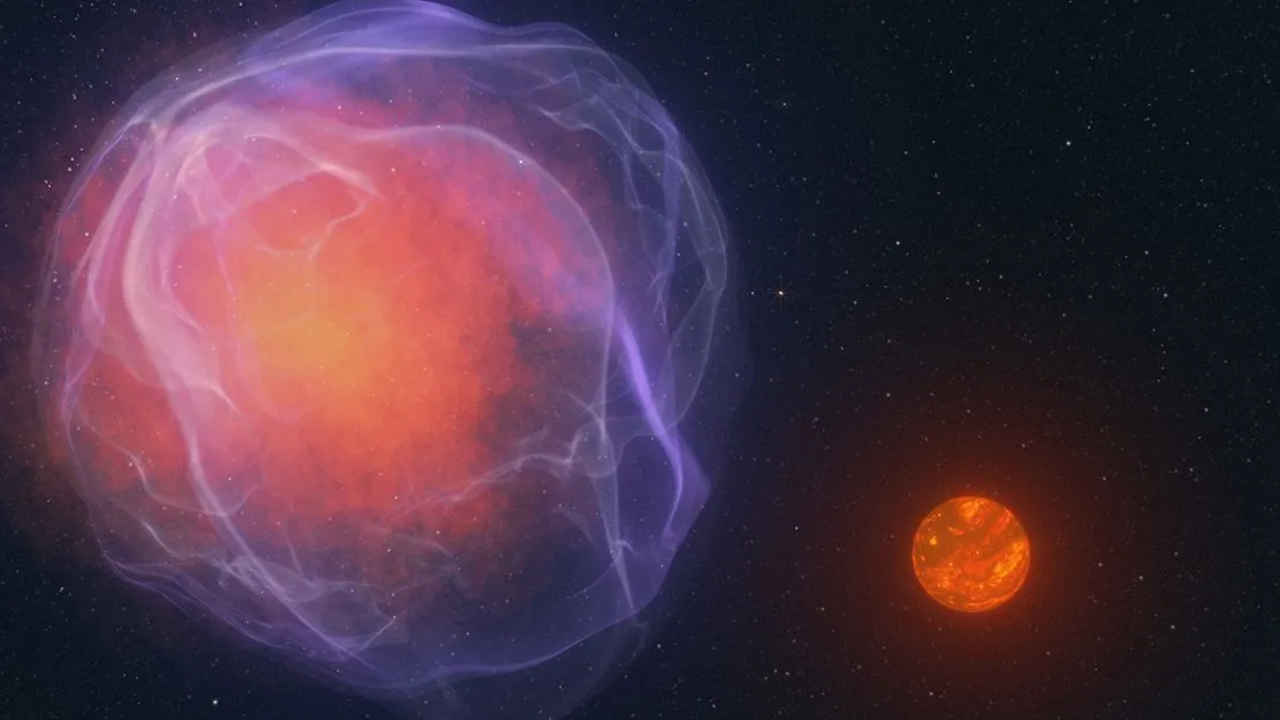NASA discovers mysterious object escaping the Milky Way at high speed

NASA citizen scientists have discovered an object moving at a speed of 1 million miles per hour, fast enough to escape the Milky Way galaxy.
his finding, a first of its kind, reveals a hypervelocity object with the mass of a small star.
The discovery was made by volunteers working on NASA’s Backyard Worlds: Planet 9 project.
NASA citizen scientists have made an exciting discovery—an object moving at a speed of 1 million miles per hour, fast enough to escape the Milky Way galaxy. This finding, a first of its kind, reveals a hypervelocity object with the mass of a small star, set to shoot into intergalactic space.
The discovery was made by volunteers working on NASA’s Backyard Worlds: Planet 9 project, using data from the Wide Field Infrared Explorer (WISE) mission. WISE, which operated from 2009 to 2011 and was later reactivated as NEOWISE in 2013, provided images of the sky that citizen scientists used to spot the faint, fast-moving object.
Also read: NASA’s Hubble discovers rare black hole close to Earth in Omega Centauri
Named CWISE J124909.08+362116.0, this mysterious object was first identified by citizen scientists Martin Kabatnik, Thomas P. Bickle, and Dan Caselden. Their discovery was later confirmed through observations with several ground-based telescopes. CWISE J1249, as it’s called for short, stands out not only for its speed but also for its low mass, making it difficult to classify. It might be a low-mass star or possibly a brown dwarf.
Also read: NASA finds pure sulfur crystals on Mars for the first time
What makes CWISE J1249 even more intriguing is its unusual composition. Data from the W. M. Keck Observatory in Hawaii shows that it contains far less iron and other metals than typical stars or brown dwarfs. This suggests that it might be an ancient object, possibly from one of the first generations of stars in our galaxy.
Scientists are still trying to figure out why CWISE J1249 is moving so fast. One theory suggests it might have been part of a binary system where its companion exploded as a supernova. Another possibility is that it was ejected from a globular cluster after a close encounter with a pair of black holes.
Ayushi Jain
Tech news writer by day, BGMI player by night. Combining my passion for tech and gaming to bring you the latest in both worlds. View Full Profile





